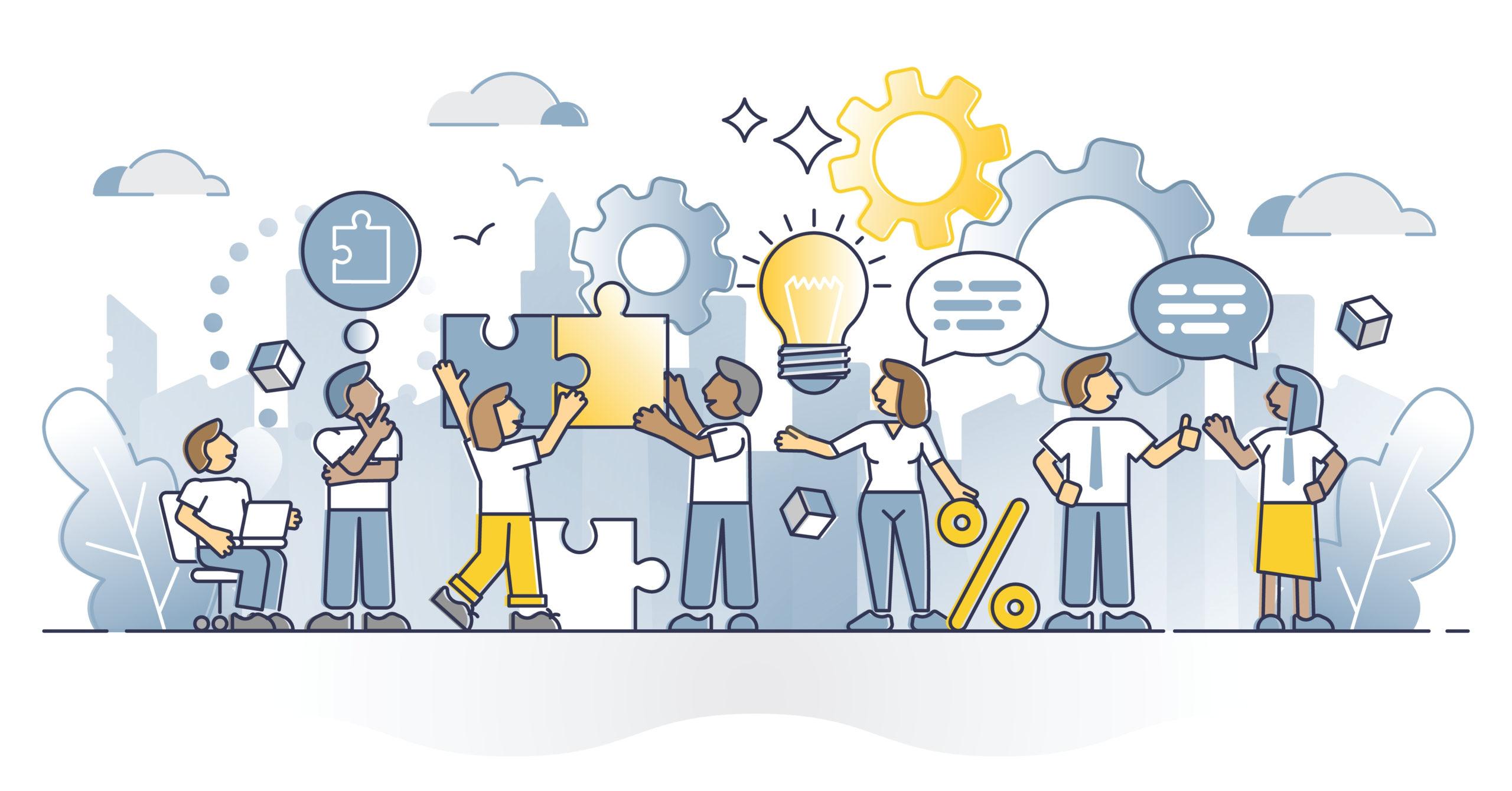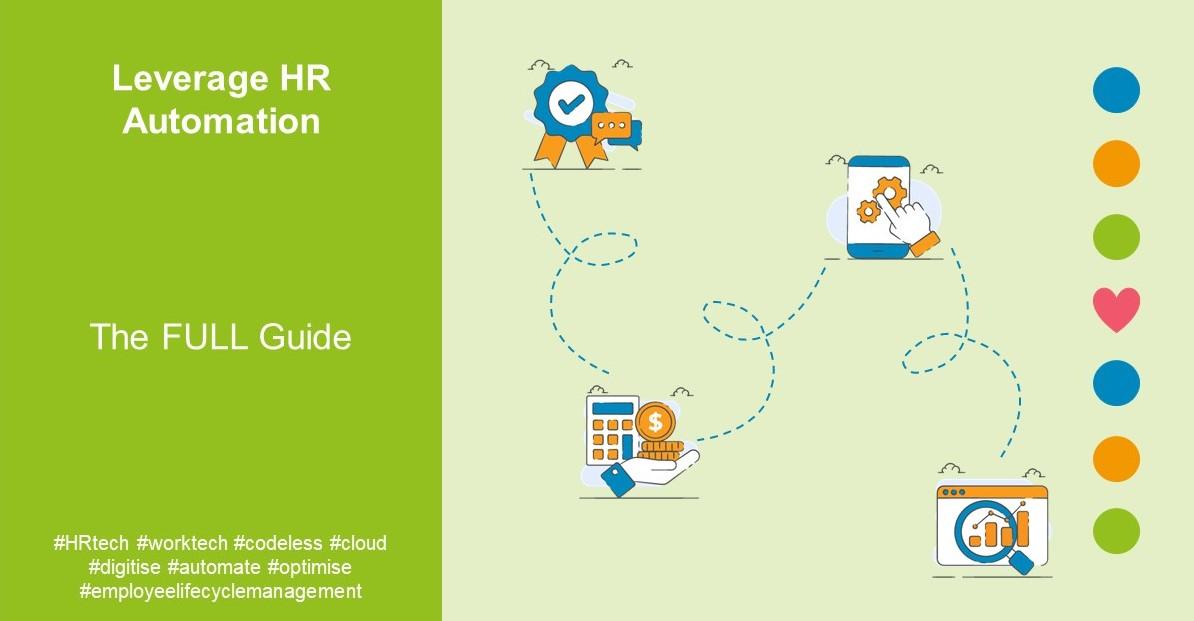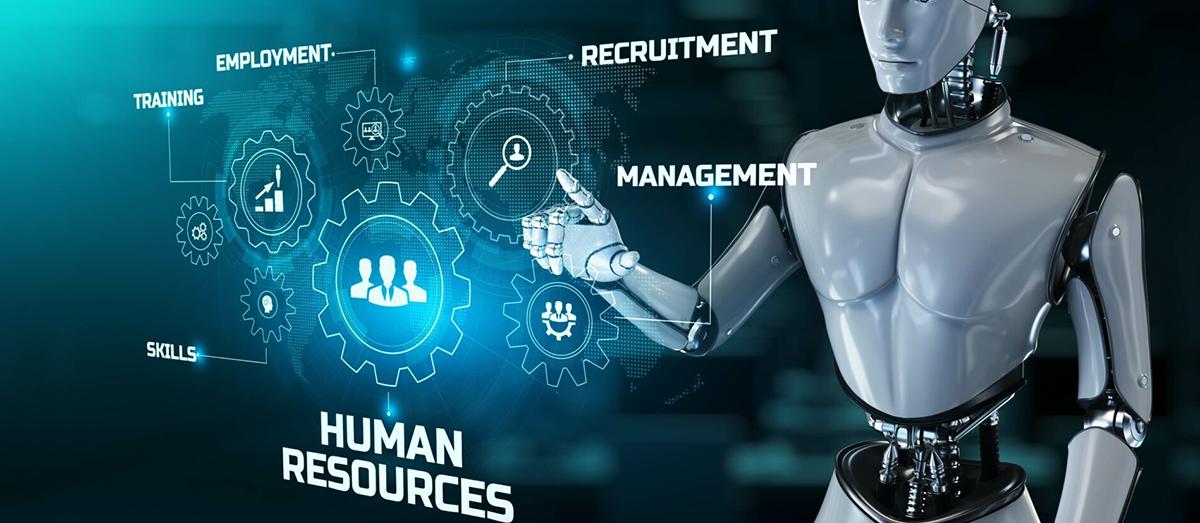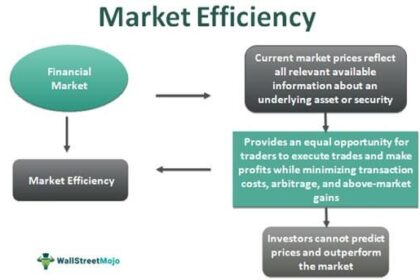In an era where technological advancements shape every facet of our lives, the realm of human resources stands on the precipice of a transformative revolution. The traditional methods of talent management—once characterized by manual processes and instinctive decision-making—are giving way to innovative solutions powered by automation. As organizations seek agility and efficiency in an increasingly competitive landscape, the rise of HR automation emerges as a strategic imperative. This article delves into how the integration of artificial intelligence, machine learning, and sophisticated software is redefining the way businesses attract, develop, and retain talent. With a focus on enhancing employee experiences and optimizing operational efficiency, the shift toward automated HR practices is not just about keeping pace with technology; it’s about ushering in a new era of workforce management where potential can be fully realized. Join us as we explore the pivotal changes in talent management and the implications for organizations and employees alike.
Harnessing Technology for Streamlined Talent Acquisition
In the competitive landscape of recruitment, organizations are increasingly turning to automation tools to enhance their hiring processes. By leveraging Applicant Tracking Systems (ATS) and Artificial Intelligence (AI), businesses can significantly reduce the time spent on administrative tasks, allowing HR professionals to concentrate on strategic decision-making. These technologies work hand-in-hand to streamline a variety of functions, such as:
- Resume Screening: AI algorithms can sift through hundreds of applications, highlighting candidates that meet specific criteria.
- Interview Scheduling: Automated systems can coordinate calendars, making it easier to set up interviews without the back-and-forth communication.
- Candidate Engagement: Chatbots can interact with applicants 24/7, answering questions and providing updates, enhancing the candidate experience.
Moreover, data analytics plays a pivotal role in refining recruitment strategies. By analyzing hiring metrics, organizations can identify trends and optimize their processes to attract top talent. This includes understanding:
| Metric | Importance |
|---|---|
| Time to Hire | Indicates efficiency in recruitment processes. |
| Quality of Hire | Reflects the effectiveness of sourcing strategies. |
| Candidate Satisfaction | Measures applicant experiences during the hiring process. |
By harnessing technology, companies not only enhance the effectiveness of their talent acquisition but also foster a more engaging and efficient recruitment journey for both candidates and hiring teams alike.

Enhancing Employee Engagement Through Automated Communication
Automated communication tools are revolutionizing the way organizations interact with their employees, fostering a culture of engagement that often eludes traditional methods. By leveraging these technologies, companies can deliver timely and personalized messages, allowing team members to feel valued and informed. Key benefits include:
- Instant Feedback: Employees can receive immediate responses to queries, ensuring that they feel heard and appreciated.
- Personalized Communication: Tailored messages can enhance relevance, making information more engaging and impactful.
- Consistent Updates: Automation ensures that every team member is on the same page, reducing misunderstandings and fostering collaboration.
Moreover, automated communication systems can facilitate various engagement initiatives, such as recognition programs and employee surveys, that identify areas for improvement and celebrate achievements. Consider the advantages of an effective recognition program implemented through automation:
| Feature | Benefit |
|---|---|
| Real-time Recognition | Boosts morale instantly, enhancing workplace positivity. |
| Anonymous Feedback | Encourages honest input, providing valuable insights without pressure. |
| Automated Reminders | Ensures ongoing participation and consistent engagement efforts. |

Data-Driven Insights: Leveraging Analytics in Talent Development
In today’s hyper-competitive landscape, organizations are harnessing the power of data to drive employee engagement and performance. By integrating advanced analytics into talent development strategies, businesses can uncover critical insights about their workforce. For instance, identifying skill gaps through data analysis not only mitigates future risks but also enhances employee satisfaction by aligning training with individual career goals. Implementing tools that track employee progress and feedback allows HR teams to tailor development programs that are not only effective but also personalized, transforming learning into a continuous journey.
Furthermore, the emergence of predictive analytics helps organizations anticipate talent needs, enabling proactive staffing and training decisions. Companies can analyze various metrics such as employee performance ratings, attrition rates, and employee feedback to create a holistic view of their talent pipeline. This approach fosters a culture of growth and innovation, as leaders can make informed decisions about promotions, succession planning, and talent acquisition. Below is a simplified representation of how data can influence key talent management metrics:
| Metric | Data Insights |
|---|---|
| Training Effectiveness | Correlation between training hours and performance improvement |
| Retention Rates | Analysis of exit interviews to identify common trends |
| Engagement Levels | Employee surveys linked to productivity metrics |

Best Practices for Implementing HR Automation in Organizations
Successful implementation of HR automation requires a thoughtful strategy that aligns with organizational goals. Start by assessing your current HR processes to identify bottlenecks and areas ripe for automation. Engaging stakeholders from various departments can offer valuable insights and foster a collaborative environment. Furthermore, prioritize solutions that offer scalability and flexibility to adapt as your business evolves. Consider these pointers:
- Start small: Implement automation in phases to manage change effectively.
- Focus on user experience: Choose tools that are intuitive and user-friendly for both HR teams and employees.
- Integrate systems: Ensure that new automation solutions can seamlessly integrate with existing HR software and other platforms.
Once the foundational elements are in place, it’s essential to maintain ongoing evaluation and feedback loops. Regularly assess the performance of automated processes by collecting data metrics and employee feedback. This will help in identifying areas for improvement and ensure that the technology delivers value. Remember to provide training and support throughout the transition, as change can sometimes lead to resistance. Here’s a quick reference table for ongoing evaluation:
| Evaluation Metric | Purpose |
|---|---|
| Time Saved | Measure efficiency gains from automation. |
| User Satisfaction | Gauge employee sentiment regarding new tools. |
| Error Rate | Identify reductions in manual processing errors. |
Future Outlook
As we navigate the landscape of talent management in an increasingly digital world, the rise of HR automation stands as a pivotal force reshaping the way organizations attract, develop, and retain talent. The seamless integration of technology not only enhances efficiency but also cultivates a more personalized experience for employees, allowing HR professionals to refocus their efforts on strategic initiatives and enriching workplace culture.
In this journey of transformation, it is essential to strike a balance—leveraging automation to alleviate repetitive tasks while ensuring the human touch remains at the heart of every interaction. By embracing this evolution, companies can build a future where talent management is not merely a function but a dynamic partnership that empowers both individuals and organizations alike.
As we look ahead, the question is not whether to adopt these innovations, but how to thoughtfully integrate them into the fabric of our workplaces. The future of HR is bright, and automation is just the beginning of a more agile, responsive, and engaging approach to managing talent. Together, we can harness these advancements to create environments where every employee thrives, ultimately driving success for organizations in this new era.



